Groundhogs
Have groundhogs learned the ability to look both ways before crossing?
Our landscape is networked by roads – ribbons of death where myriad animals from butterflies to deer meet their demise. And though morbid, an objective look at this mortality can provide insight into changing animal populations.
In the 1960s and ‘70s groundhogs, aka woodchucks, were among the most frequent victims of vehicular faunacide. Their bodies littered roadsides as raccoon carcasses do today.
Groundhogs are now rare road-kill victims. No, they haven’t evolved the ability to look both ways before crossing. Rather, the lack of road-killed groundhogs suggests that their population has fallen off an ecological cliff.
When I was young, groundhogs – when not playing Russian roulette with cars – stood sentinel in meadows. Boys with .22 rifles shot them, with the approval of landowners who reviled groundhogs as varmints – diggers of holes that could snap the legs of cattle and horses.
I didn’t wield a rifle as a child, but I would sit patiently beside groundhog burrows waiting for the myopic mammals to poke their heads above ground and sniff the air for predators.
I enjoyed these close interactions with groundhogs and imagined that First Nation’s hunters may have used this technique – crouching like polar bears at the breathing holes of seals – to capture the plump rodents.
So what happened to the groundhogs? Well, certainly their population has been reduced by the aforementioned road-kill, but it is likely no coincidence that the fall corresponded with a rise in coyote numbers.
In southern Ontario and throughout much of North America, coyotes have flourished in recent decades, assuming the role of top predator, filling the void left by the disappearance of wolves.
If a 12-year-old boy can approach a groundhog near enough to see its whiskers twitch, consider how easy it would be for a coyote – with predictably unpleasant consequences for the groundhog.



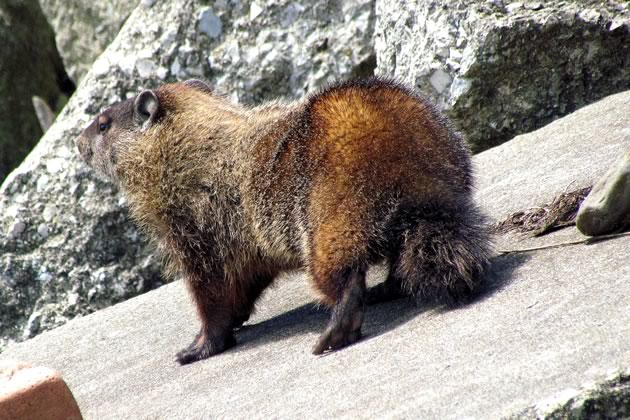
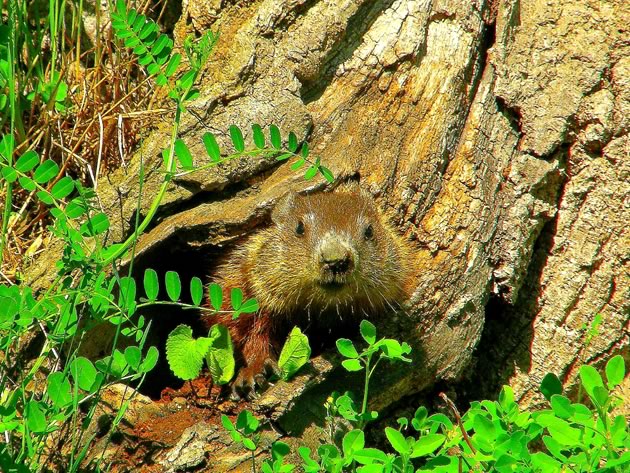
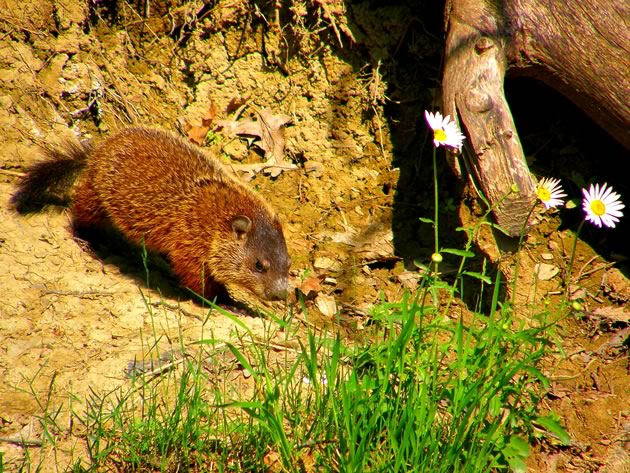
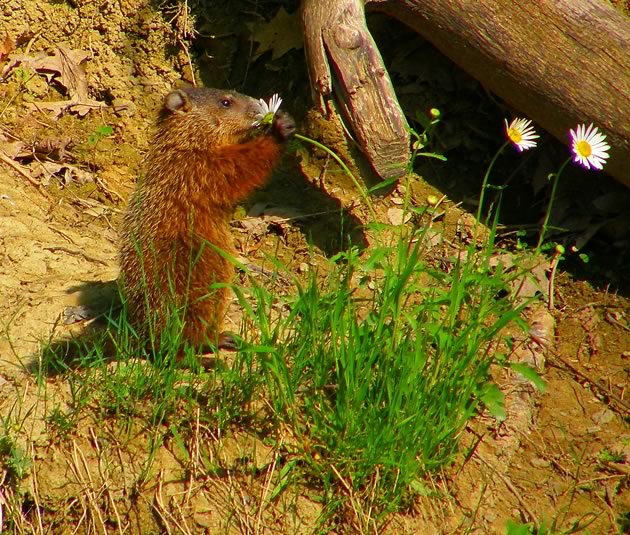
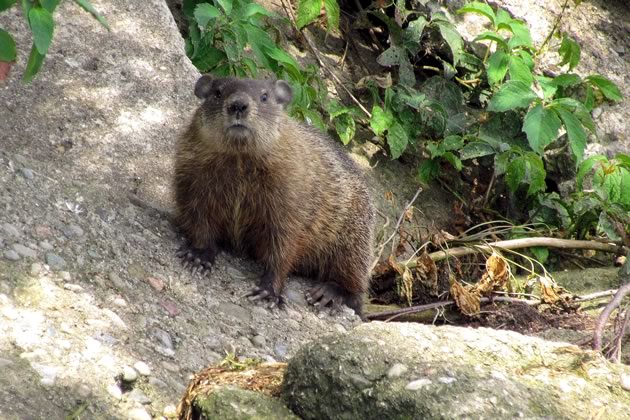





Thanks for your comments Ian! Fascinating story about the nose-grabbing groundhog! These plump rodents are clearly not as defenseless as I presumed them to be.
I’m intrigued at how some wildlife appears to be finding refuge from predation in human constructed landscapes, like the ones you mention – the Toronto Zoo or the centre divides of New York Thruways. A friend’s sheep farm in Erin has become another inadvertent refuge – not for groundhogs, but for foxes. At this farm the foxes den within an electric fence. They are small enough to slip under the lower strand of electrified wire; coyotes however cannot.
Don Scallen
Don Scallen on Jan 5, 2014 at 10:06 am |
Don
I recall groundhogs being a frequent site on my farmhouse lot in Vaughan in the last century. Our large strawberry bed had a burrow or two beside it year after year – probably not a coincidence? I once had to separate the jaws of a youngster who had his teeth around the nose of one of my dogs and wouldn’t let go. That suggested that foxes, then numerous, probably got the same treatment!
The field behind where we saw them was ploughed using the old methods – relatively shallow furrows and a good wide grass verge at the sides. The groundhogs disappeared before coyotes became a frequent sight when contractors were brought into plough. I wonder how much modern farming methods have contributed to their rarity?
Like foxes denning in subdivision gardens, where groundhogs are relatively secure from large daytime predators they still make their burrows. The large animal outdoor pens at the Toronto Zoo are great for spotting them, and on some of our highland golf courses groundhogs can still be seen on occasion out on the fairways. Farther afield, the wide and wild centre divide on Upstate New York thruways as they pass through rural areas are another good bet.
It’s such a shame that an iconic animal of our past is so rarely seen nowadays by our children.
Ian
Ian Anderson from Caledon ON on Dec 21, 2013 at 5:08 pm |